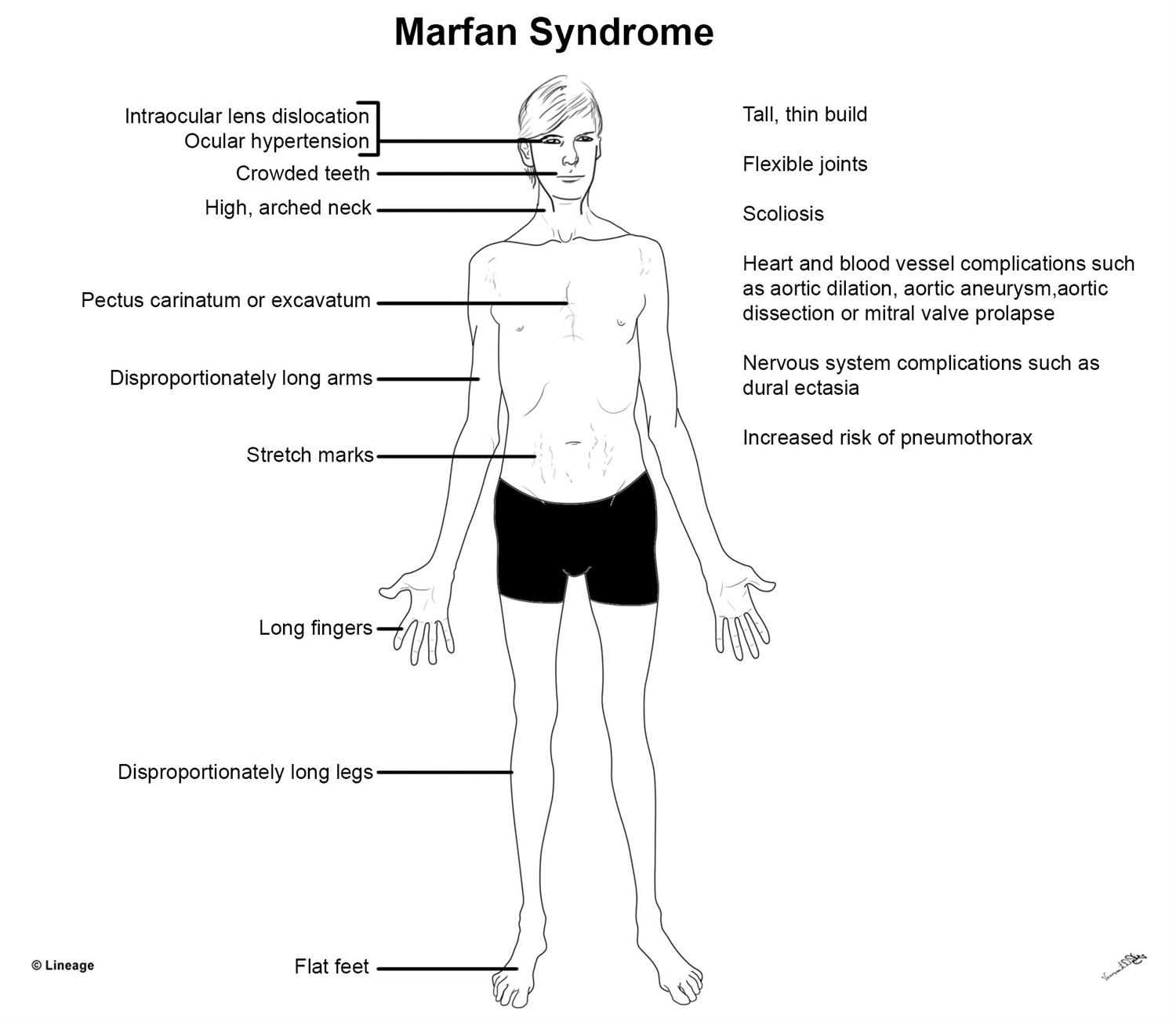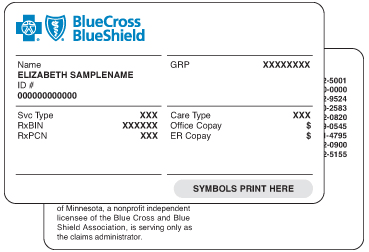Clinical and molecular genetic criteria have a role in assigning the label of Marfan syndrome with confidence. Clinical Criteria In 1998 the Ghent criteria specified characteristics of the phenotype and genotype that can be assessed through history bedside examination imaging and molecular genetic test-ing9 Major criteria carried more diagnostic weight and included features not.
 Marfan Syndrome Genetics Symptoms Diagnosis And Treatment Online Biology Notes
Marfan Syndrome Genetics Symptoms Diagnosis And Treatment Online Biology Notes
94 Zeilen It is caused by mutations in the FBN1 gene which provides instructions for.
Marfan genetic testing. Protocol Genetic Testing for Marfan Syndrome Thoracic Aortic Aneurysms and Dissections and Related Disorders Last Review Date. Aortic aneurysm and dissection can be life threatening. The family member with a confirmed case would first have to undergo genetic testing to.
Some of the conditions on the panel the analytic validity of these panels is unknown and detection rates of variants of uncertain significance are unknown. However FBN1 mutations also cause a wide range of milder phenotypes that often show at least some overlap with the classic Marfan phenotype. However the results of genetic testing.
The Role of Genetic Testing in the Diagnosis of Marfan Syndrome For years geneticists and cardiologists have taken pride in their ability to identify individuals with Marfan syndrome based on clinical assessment alone and have minimized a role for genetic testing in the diagnosis. If you are suspecting a diagnosis when there is no family history a genetic test can find out if you possess a mutated FBN1 gene and if that mutation is linked to Marfan syndrome or not. Genetic Testing and Marfan Syndrome.
How genetic testing can help if your family member has Marfan syndrome but you dont have the signs. The family of a patient with Marfan syndrome should be referred to a genetic clinic to conduct tests for the presence of gene mutation. However there may be certain clinical scenarios in which focused panel testing.
Genetic testing can confirm a clinical diagnosis of MFS help to establish a diagnosis in patients with only partially fulfilled clinical criteria and allow for accurate identification of presymptomatic mutation carriers within affected families. Genetic testing can be used to confirm a suspected diagnosis of Marfan syndrome identify the genetic causes of aortic aneurysms in some families distinguish between those who inherited the altered copy of a gene in a family. The diagnosis of Marfan syndrome in neonates is complex.
Its able to detect an error that causes the syndrome in 99 of those affected. Mitral valve regurgitation is another cardiovascular issue associated with disorder. Genetic testing which is now improved and affordable can reveal mutations in the fibrillin-1 FBN1 and other related genes that are known to be responsible for Marfan syndrome.
Most patients with the typical Marfan phenotype harbor mutations involving the gene FBN1 encoding the connective tissue protein fibrillin-1 5-7. You should also have tests to identify Marfan features that are not visible during the physical exam including. The two major features of Marfan syndrome are vision problems caused by a dislocated lens ectopia lentis in one or both eyes and arterial aneurysms and dissection involving especially aorta.
This test looks at your heart its valves and the aorta blood vessel that carries blood from the heart. A genetic test can be used to examine the gene responsible for Marfan syndrome. The Marfan Syndrome Panel is designed as a genetic diagnostic tool for patients with clinical features of Marfan syndrome.
Individuals with Marfan syndrome. But the test is expensive and takes 3 months to complete. Asymptomatic individuals within a family with a known FBN1 pathogenic variant may also benefit as testing may clarify their own personal risk of developing Marfan syndrome or other FBN1-related disorders and inform medical management.
See Genotypes and phenotypes below. Genetic testing for mutations in fibrillin-1 FBN1 and other genes has become an important and reliable option to aid in the diagnosis of Marfan syndrome and related disorders. In most cases a diagnosis of Marfan syndrome will be made from the physical features and symptoms of the syndrome.
If a parent child or sibling has a confirmed case of Marfan syndrome or a related disorder but you do not yet have any signs genetic testing can provide a definitive diagnosis or rule out the possibility of the condition. Individuals with clinical symptoms of Marfan syndrome may benefit from diagnostic genetic testing to better understand risks confirm a diagnosis or inform management. Klinik und Genetik Marfan-ähnlicher Syndrome Alle im Folgenden besprochenen klinischen Entitäten sind autosomal-dominant erblich.









